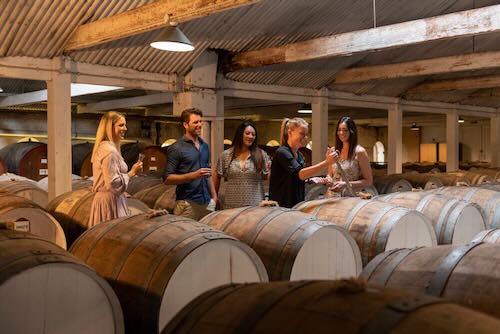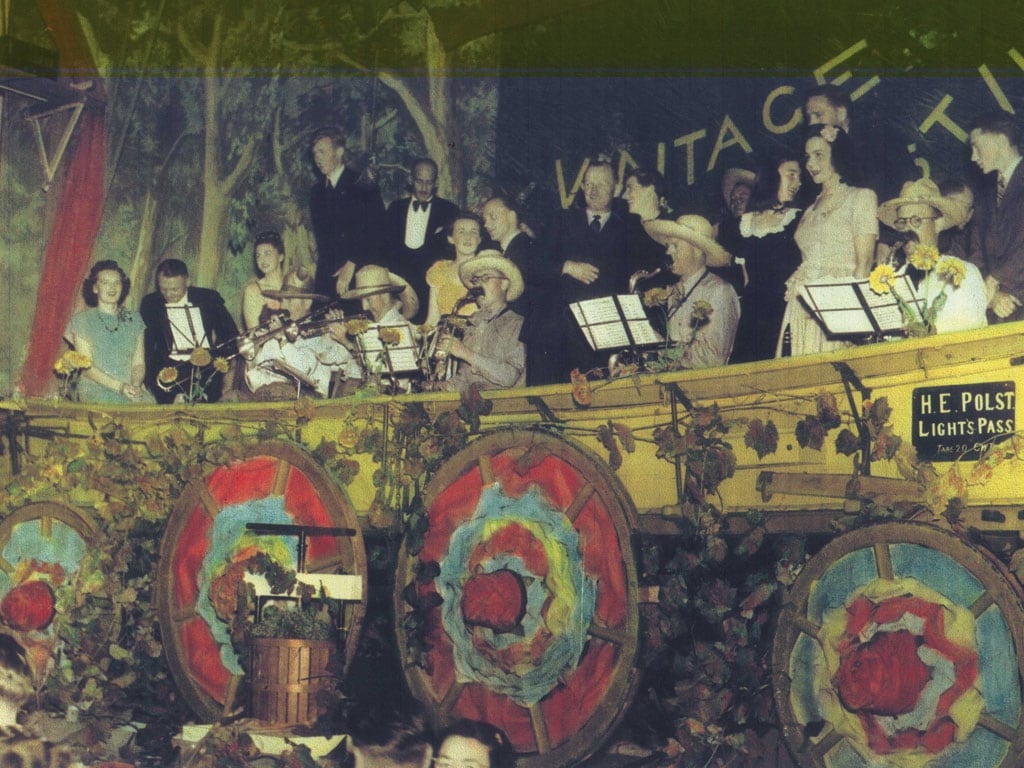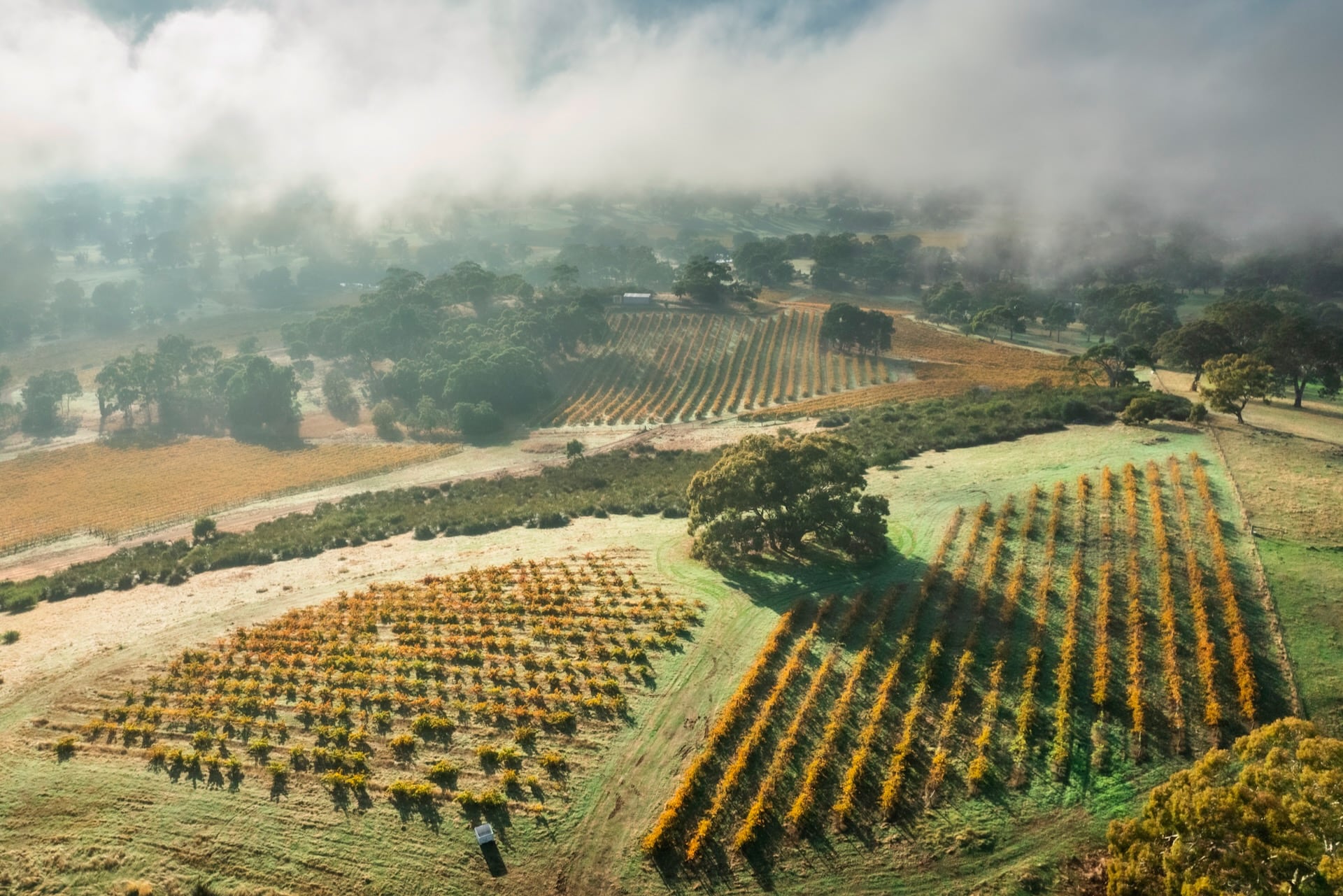Winter (June–August) brings the rainfall needed to replenish soils, while the vines lie dormant, storing energy for the season ahead. As spring arrives (September–November), temperatures rise, and budburst marks the beginning of a new growing cycle. By summer (December–February), long sunshine hours drive grape ripening, allowing sugars and acids to develop in balance. Rainfall is low during this time, reducing disease pressure and ensuring healthy fruit. When autumn (March–May) arrives, cooler nights help preserve freshness in the grapes, while mild days allow a steady, unhurried harvest.
Barossa Valley
Starting on the valley floor, the climate is warm and dry, with low humidity and minimal rainfall during the growing season. The combination of long sunshine hours and well-draining soils creates ideal conditions for full-bodied reds, particularly Shiraz, Grenache, and Cabernet Sauvignon. While often compared to Bordeaux (France) and Margaret River (Western Australia), Barossa Valley experiences a warmer growing season, contributing to the richness, depth, and intensity of its wines.
However, with limited natural water reserves, drought remains one of the biggest challenges for growers. Careful vineyard management, including irrigation where needed, helps maintain balance in the vines and protect fruit quality. Harvest typically begins in mid-February and can extend into late April, depending on seasonal conditions.
Eden Valley
In the higher elevations of Eden Valley (ranging from 380 to 500 metres above sea level), temperatures are noticeably cooler, slowing the ripening process and extending the growing season. Compared to Barossa Valley, daytime temperatures are 2–3°C lower, while nighttime temperatures can be up to 7°C cooler. This results in wines with bright acidity, fine structure, and lifted aromatics—most notably, Riesling and Shiraz.
Eden Valley receives more rainfall, which helps sustain vines through the growing season, though it also presents challenges. Autumn rain can delay harvest, and frost is a risk in spring, requiring careful site selection and vineyard management. The longer ripening period allows for greater flavour development, producing wines known for their elegance, complexity, and longevity.
Spring
September, October & November
- Sunny days with mild temperatures.
- Average temperature range: daytime 17C-24C; nights 6C-10C
- Mean number of rainy days: 18
- In early spring, budburst throughout vineyards moving out of winter dormancy.
- In late spring, vines are fast growing, with bright green leaves and tendrils.
- Fruit trees covered in blossoms of pink, white and red.
- Canola flowering provides a carpet of yellow in paddocks.
Summer
December, January & February
- Sunshine and warm to hot days.
- Average temperature range: daytime 26C-29C (with frequent hot days of 30C-36C); nights 12C-14C
- Mean number of rainy days: 8
- Vines have a dense canopy of dark green protecting bunches of ripening grapes.
- The paddocks change from green to golden, as cereal crops mature. Grain harvest generally takes place before Christmas.
- Orchards boast abundant stone fruits ripening.
- Grape harvest begins in February, with grapes being predominately hand-picked, tractors and trucks transporting to wineries and fermentations commencing.
Autumn
March, April & May
- Mild and sunny, with evenings becoming colder.
- Average temperature range: daytime 17C-26C (with heat spikes); nights 7C-12C
- Mean number of rainy days: 14
- The grape harvest continues well into April, with grapes intended for fortified wines still on the vine until May.
- Fermentation of wines continues.
- Orchards yield autumn favourites in abundance (quinces, figs, apples and pears).
- Field mushrooms popping up in paddocks throughout the region.
- With the first cold snap, generally in late April, leaves begin to turn to gold across the Barossa, the long awaited first rains fall and a green tinge appears across the Barossa ranges.
Winter
June, July & August
- Cool days, cold nights with much of the annual rainfall occurring in these months.
- Average temperature range: daytime 12C-16C; nights 3C-6C
- Mean number of rainy days: 29
- Dormant vineyards have lost their leaves for the winter, and are being pruned.
- Ripe olives are harvested for oil or pickling.
- Paddocks sown, with cereal crops emerging as bright green.










